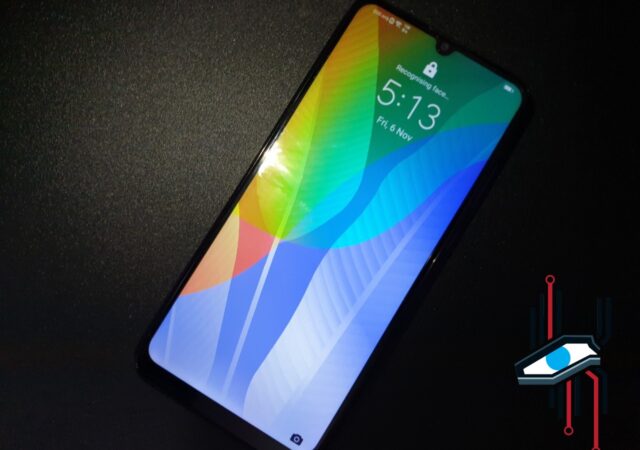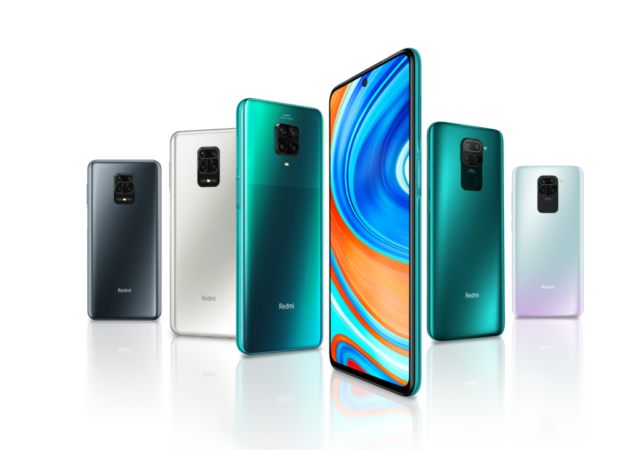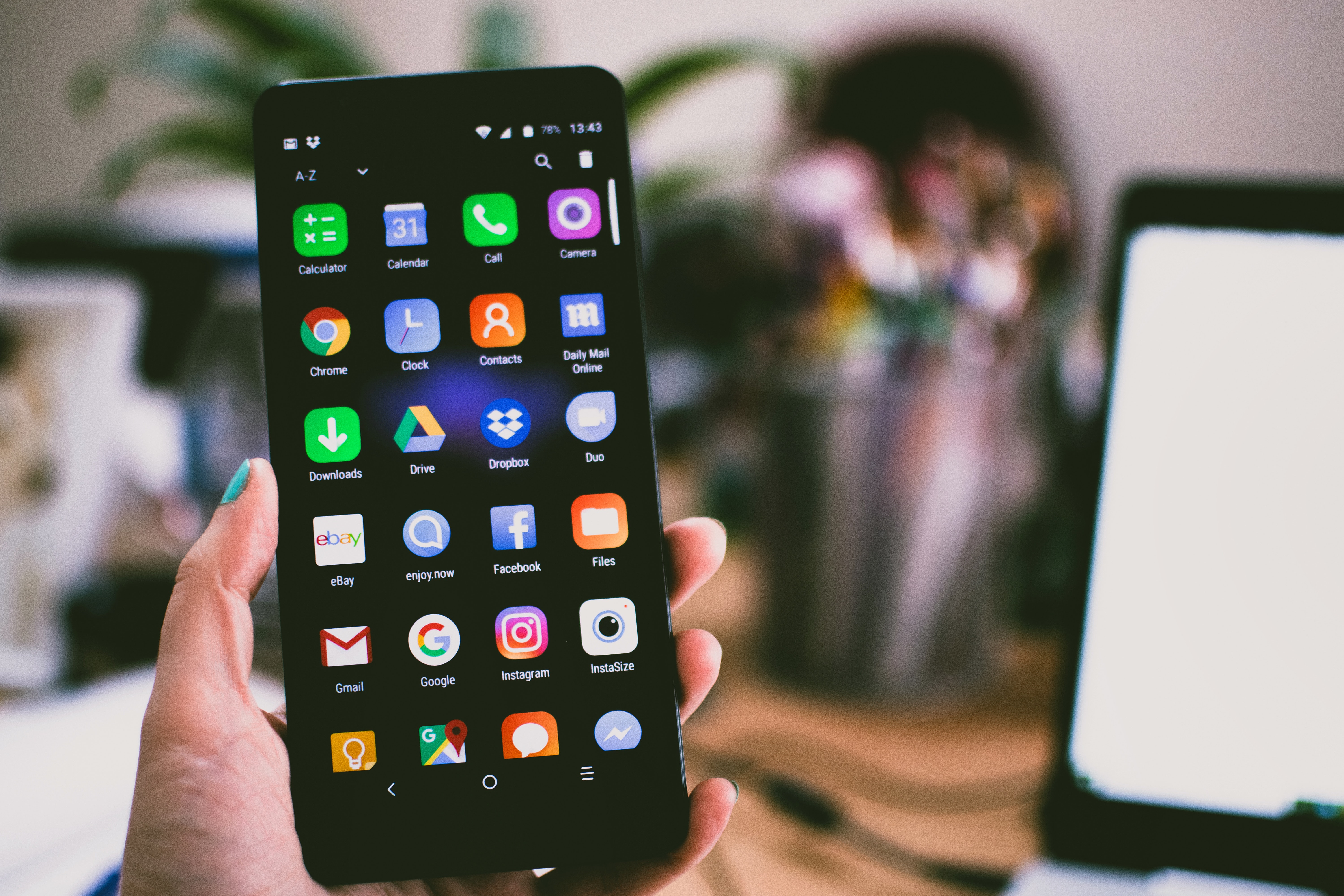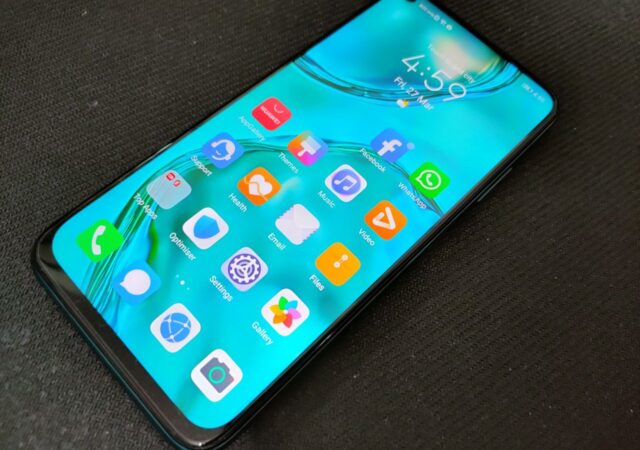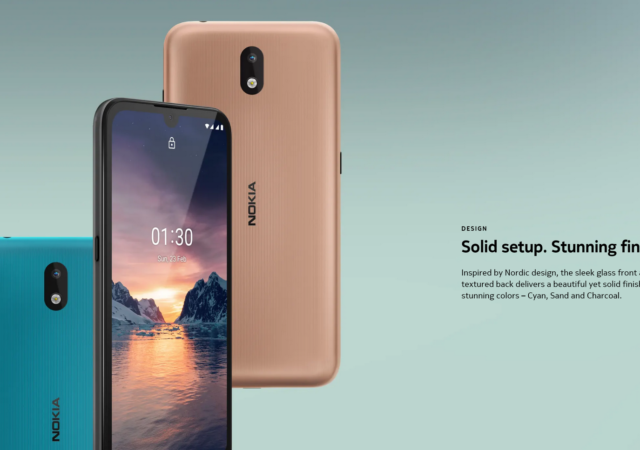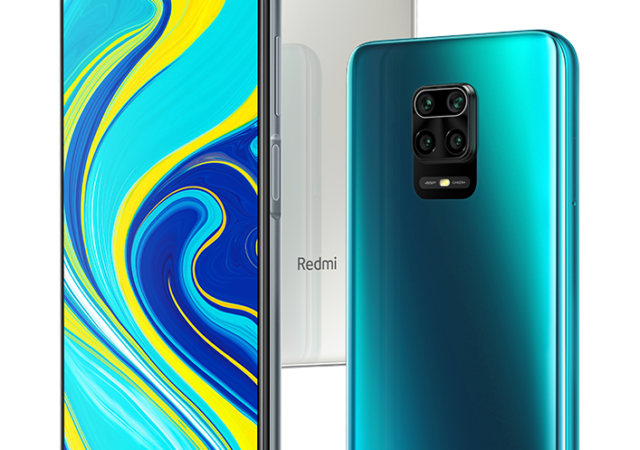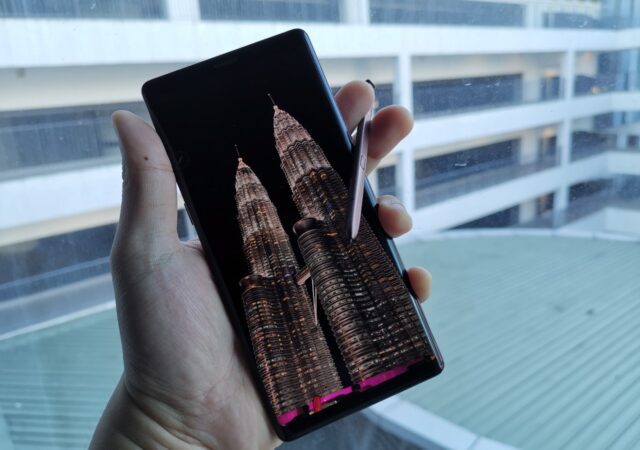Motorola brings more flagship features to the entry level with the new Moto E7 which comes with a 48MP main camera.
HUAWEI Y6P In-Depth Review – Another Missed Opportunity
We reviewed the MYR 559 HUAWEI Y6P. We think that it is a small missed opportunity, but still a good buy. Find out why from out review.
Xiaomi Redmi Note 9 Series Launched – Redefining Standards
Xiaomi Redmi expands its family yet again with the brand-new Xiaomi Redmi Note 9 and Note 9 Pro. The value-for-money offerings will come with sub US$ 300 price tag and packing some power.
Motorola Announces A New Flagship: the Motorola Edge+
Motorola re-enters the flagship market after an extended time away with the new, power-packed Motorola Edge+ and Motorola Edge.
Android Stability Flaw May Be Causing Phones to Freeze Up
An increasing number of Android devices are reporting of UI freezes occurring during use of certain apps.
Living with HUAWEI Mobile Services and AppGallery Part 2: Adjusting Over the Weekend
It is part 2 of our life with HUAWEI’s very own Mobile Services ecosystem. There are a few things still missing from the device, but nothing that we cannot ultimately live with. We found even more apps that we might find useful though.
Living with HUAWEI Mobile Services and AppGallery Part 1: Starting Life Without Google
HUAWEI’s new smartphones now do not come with Google’s Play Store pre-installed. Will that be HUAWEI’s handicap though? We tried living with one of the most current HUAWEI device.
Nokia 1.3 Comes with Google’s Camera GO for Android GO
The Nokia 1.3 brings affordable connectivity with improved camera functions with Google’s Camera GO app on Android 10 (GO Edition).
Xiaomi Redmi Note 9 Pro Series Announced in India!
It was only a few months ago in September that Xiaomi launched the Redmi Note 8 Pro. Now the all-new replacement has already been announced. New year, new phone am I right? So how much did it improved in just…
Android 10 Coming to Samsung Galaxy Note9
Despite the new thing that is the Samsung Galaxy Note10 that came out in 2019, there are still many that regards the previous Samsung Galaxy Note as one of the best, if not the best Samsung Galaxy Note to date.…




